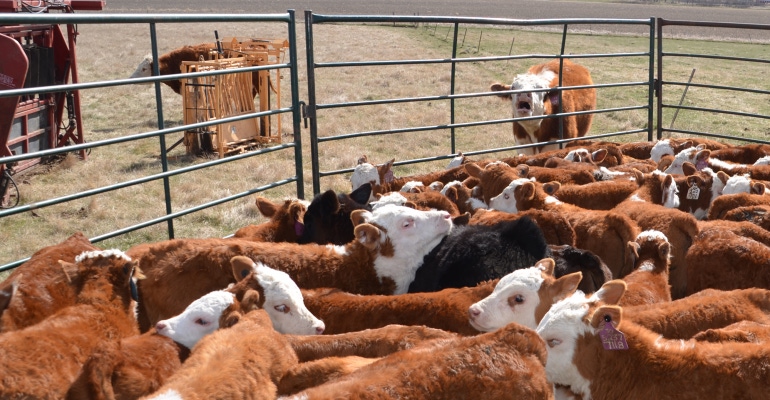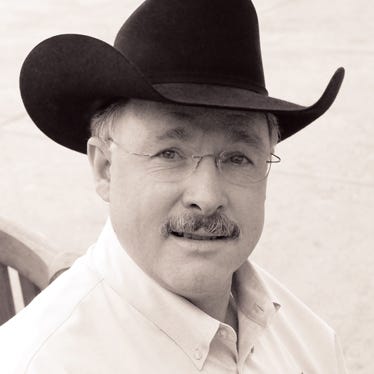Early weaning cuts cow maintenance cost
In a year where forage is a plenty, it's hard to consider early weaning. But in reality, this year's tough spring has some cows still recovering. Weaning those calves might be your economical answer to improve body condition score.
August 5, 2019

Weaning calves earlier than normal often comes to mind in dry years or when feed costs are high, as a way to extend available forage. But it could offer advantages amid this year’s forage bounty, too.
Suppose cows exited the long, wet winter and spring in tougher condition than normal. Even with some recovery, they may still be coming off summer grass short of optimum. As Justin Waggoner, an Extension beef systems specialist with Kansas State University (KSU), explains, putting condition on lactating cows is tough, even under ideal grazing conditions.
That’s especially true when it comes to the higher-producing sorts.
The documented benefits of managing body condition score (BCS) are many and well-known. Among them, optimum condition is associated with a shorter postpartum interval, higher subsequent conception rates, increased weaning rate and economic return per cow exposed.
Of course, one way to recover body condition in the fall is with supplemental feed. However, Glynn Tonsor, KSU agricultural economist, explains this can be pricier than some producers anticipate.
For example, he notes estimated feed and pasture expenses last year for those enrolled in the Kansas Farm Management Association were $472 per cow, or 66% of total variable costs. He adds, “This estimate almost certainly reflects a base situation where improving body condition more than normal was not occurring.”
Another option for some producers this year could be weaning early and grazing cows longer, Tonsor says.
“One of the easiest ways to manage cow nutrient demands is by weaning the calf,” Waggoner says. “This reduces the energy requirements of the cow by 25% to 30%. It effectively means that the nutrients consumed by the cow that were being used to sustain lactation may now be used to improve cow condition.”
Waggoner and other KSU researchers conducted a study — evaluating preconditioning duration — which documents how cow body condition scores improve as calf age at weaning decreases (see table). Cows in the study remained on native grass pastures after weaning. Observed increases in BCS occurred over a 60-day period.
“The viability of this option hinges on how reduced calf crop revenue compares to differences in costs of improving body condition of the breeding herd,” Tonsor says. He points to BeefBasis as an easy way to compare revenue scenarios based on weaning calves at different times.
Using that tool, Tonsor says that as of June 7, the projected sale price on Oct. 16 for a 100-head lot of 6-weight steer calves (medium-large 1-2) in Salina, Kan., is $148.21 per cwt, for a per-head revenue of $889.26.
On the same day, Tonsor considered the possibility of earlier weaning and selling those same calves Sept. 11 at 525 pounds.
“This earlier, lighter projected sales price was $159.77 per cwt, implying per-head revenue of $838.79,” Tonsor says. “What is critical is comparing how the projected $50 less per calf in projected revenue stacks up to alternative ways and costs of adding body condition.”
Tonsor stresses that producers need to use their own costs to explore the opportunity.
“This year is an excellent example of when weather conditions may offer producers the opportunity to think about alternative weaning times,” Tonsor says. “The BeefBasis tool is designed to help producers evaluate this type of decision.”
About the Author(s)
You May Also Like




.png?width=300&auto=webp&quality=80&disable=upscale)
